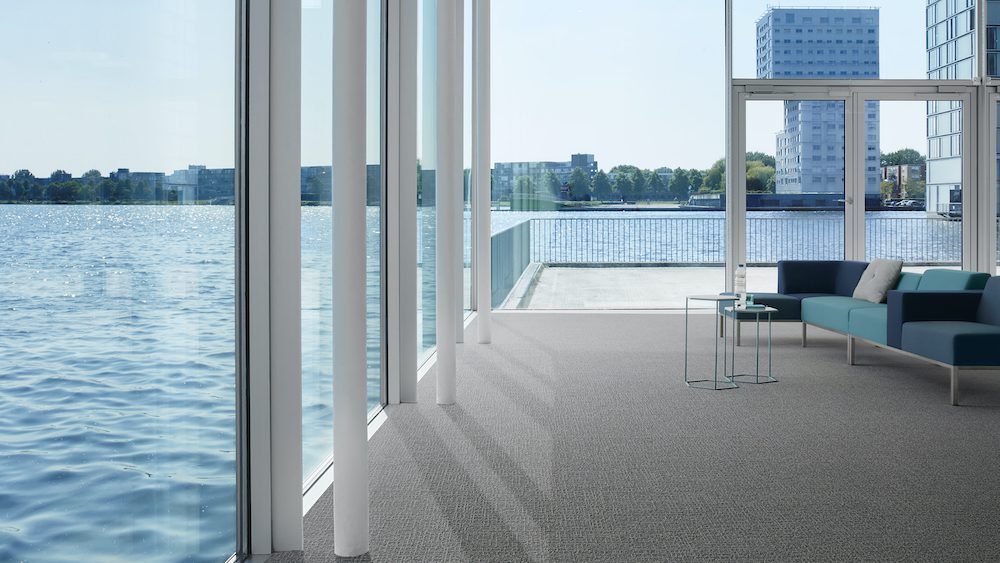
Tarkett explore whether clean air and sound absorption will continue to be areas of focus when returning to the workplace
The pandemic has certainly drawn attention to the conditions of the environments we work in. With many office workers steadily adjusting back to the more traditional workplace – most of which are in large towns and cities – will indoor air quality and acoustics continue to be the areas of focus?
Physical and mental wellbeing are two factors that many of us have perhaps been more mindful of since the pandemic began. There has been a consistent level of talk from media and news outlets regarding the importance of staying healthy throughout this period, and this focus isn’t set to change any time soon with many office workers returning to their place of work.
A global survey undertaken by Tarkett highlighted employees want to get back to their normal routine, but only under the proviso that their main concerns are addressed. Tarkett’s paper ‘Rethinking Workplace Volume 2: The Changing Workplace’ identifies the areas that are key to improving wellbeing in the workplace, and notes that the top considerations for EU workers returning to the office are indoor air quality and noise.

Indoor air quality
Clean air is vital to human health and is a major cornerstone of the UN’s 2030 Sustainable Development Agenda. Improving the condition of the air that we breathe is a global challenge – one that goes further than the quality of the air outside. Although outdoor air pollution in the form of smog typically seizes the headlines, the likes of indoor particulate matter is a real problem that almost always goes unnoticed.
Particulates with an aerodynamic diameter of 10 μm (PM10) or smaller (PM2.5) can be particularly damaging to people’s health, penetrating more deeply into the lungs. These particles may have microbial contaminants such as mould, pollen and allergens, which can create or aggravate respiratory or cardiovascular problems, and even trigger allergic reactions. With this in mind, it is highly unsurprising that indoor air quality is a top health and wellbeing concern for office workers.

Speed of sound
Sound absorption is a core element when it comes to creating comfortable environments for occupants. An excess of noise in the workplace can affect employee productivity and attention levels. As well as providing criteria on indoor air quality, the WELL Building Standard aims to shape the design of spaces to alleviate unwanted indoor noise levels and reduce exterior noise intrusion, in order to enhance social interaction, learning, satisfaction and productivity. Tarkett has a range of commercial floors that provide noise insulation, helping to create the optimum workplace environment.
We can’t deny that the past year has awakened us to our vulnerability and humanness. The quality of our indoor environments will continue to be a huge focus going forward, which means that building design will have to keep apace. Indoor comfort ultimately stems from the building block of thoughtful and innovative design – instilling these values from the beginning will benefit both employees and employers.
Find out more about Tarkett, here.
All images courtesy of Tarkett






















